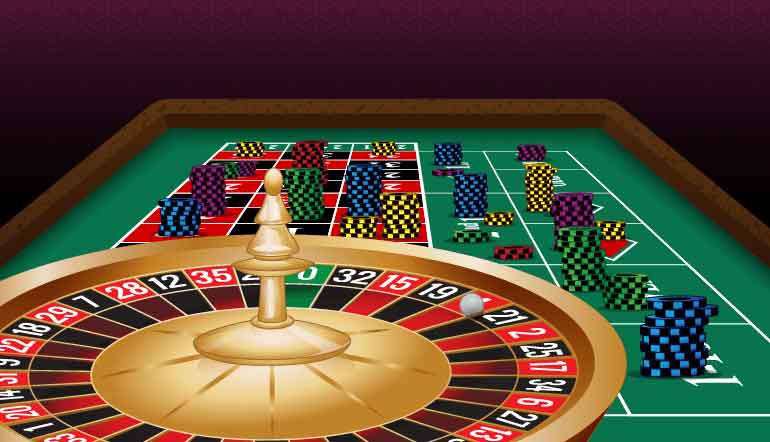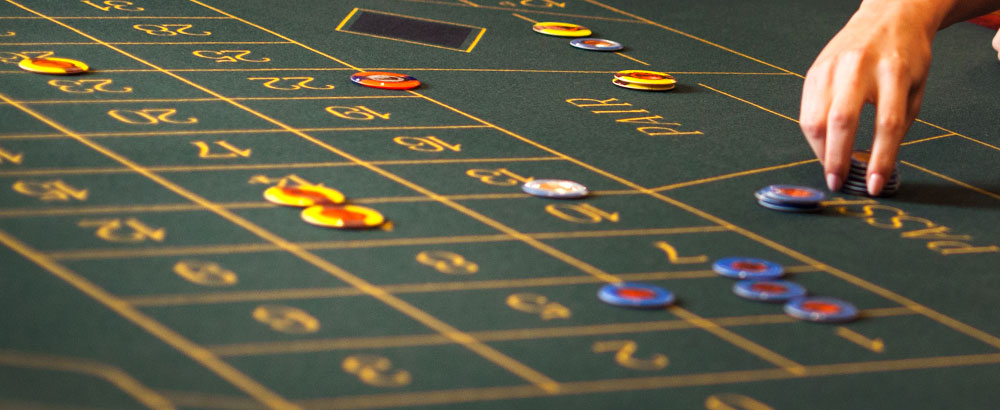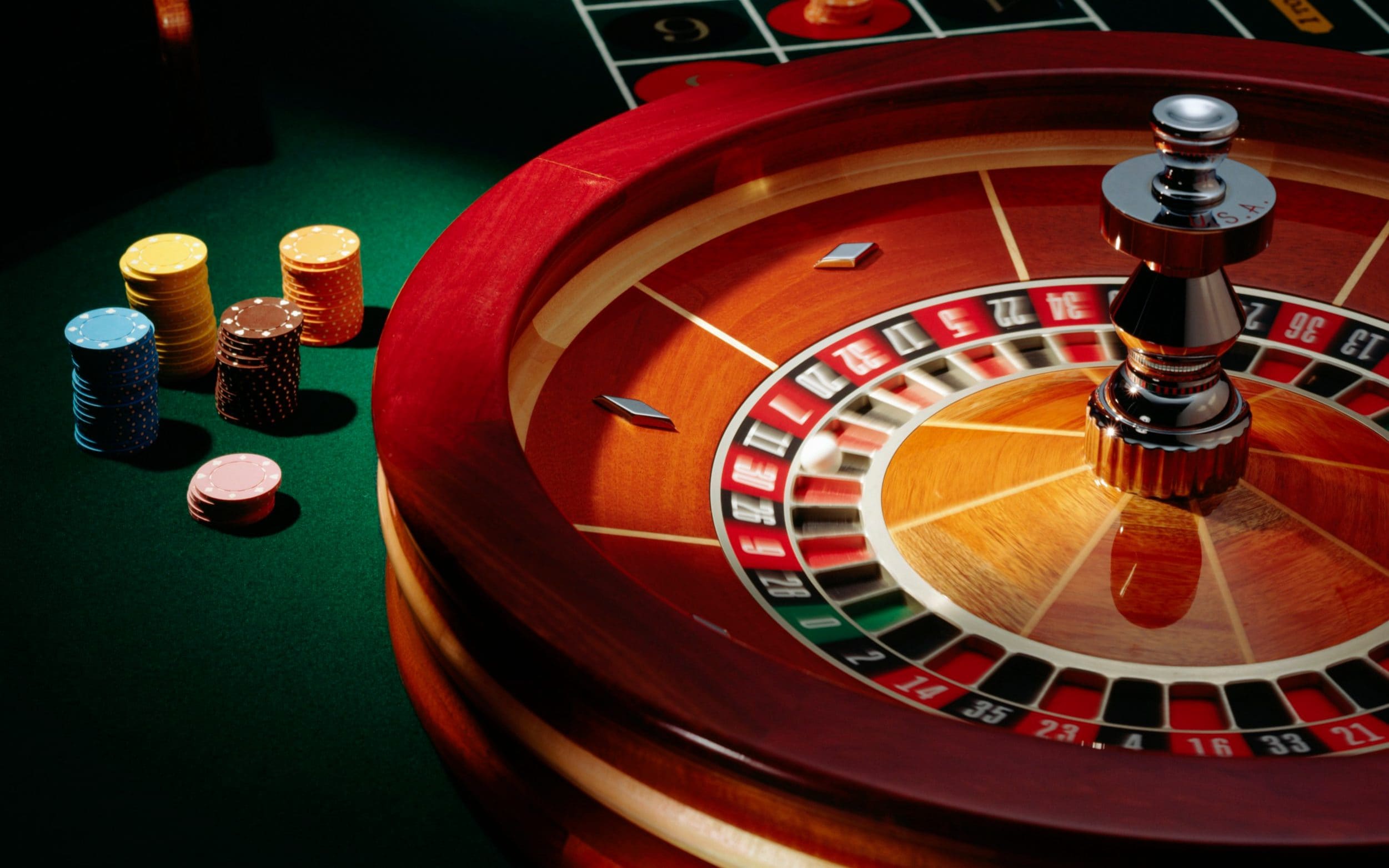You have to use your head. First and foremost, you must be clear that there is no foolproof strategy when playing roulette because you can never predict the outcome. Each round is independent, unrelated to the previous ones.
Don’t be fooled by appearances: there is no routine, sequence or repetition. The 12 may have come up seven times in a row, but that doesn’t mean it will come up the eighth time.
The playing process
The formats of real and virtual roulette may differ in some details, but essentially the playing procedure is the same in both. There are no substantial differences between an online and a land-based casino.
The steps are as follows:
- Players place their bets.
- The roulette wheel starts spinning. If you are at an online roulette wheel, you may be able to activate it.
- If they wish and the system allows it, players change their bets while the ball is moving.
- The dealer or machine announces that no more bets are allowed when the ball moves into the numbered squares.
- The dealer or software announces the winning number, pays the winning bets and removes the losing chips.
- The round closes and a new round begins.
Bankroll management: control your bankroll

The golden rule of gambling is: control your bankroll.
The importance of managing your bankroll wisely cannot be overemphasised. Many amateurs play out of control, leading to massive and rapid losses.
We recommend these measures:
- Set priorities and stick to them: Money for day-to-day expenses is more important than money for roulette. Knowing your monthly needs, set up a closed bankroll for playing at the casino. If it runs out, don’t touch the rest.
- Play conservatively: Divide your budget into several parts and consider each part to be your maximum bet per session. That is, if you have $100 and you divide it by ten, you assume the obligation that your maximum bet each time will be $10.
Bet with winnings: If you have won money, recalculate at the end and set a new maximum bet. This is a way of investing your winnings without touching your starting money.
Don’t go for the epic: You can’t solve a bad situation by betting it all in a spectacular, cinematic move. If you’ve lost everything, don’t bet even more thinking that a stroke of luck will solve all your problems at once.
Pull back in time: Don’t get carried away by the wave when you’re on a hot streak. Learn to slow down and pull out in a good position, because you never know when you will lose your money.
Write down in a diary: The movements of your funds, plays, systems and successful or unsuccessful strategies. This will give you a reliable overview of how you are doing at roulette over time.
Progressive strategies
There are many, many gambling strategies and some are so famous that they have become “basic education” for the experienced gambler. Although no strategy can guarantee a win, it is smarter to have one than none.
Gambling strategies can be divided into two main groups, progressive and flat.
In contrast, with the risky negative progression you will bet more when you lose and less when you win. The intention is to offset losses during a run of bad luck.
All of the systems discussed below increase or decrease the stakes for each round depending on whether you win or lose.
Martingale

The martingale system is the best known system, one that every gambler has played at one time or another. Beginners often use it as the first step in their learning curve, but more experienced players prefer to avoid it in order to focus on more complex plays.
Martingale follows a sequence of ascending bets when you lose. That is, if you lose one round, the next round you must bet double what you lost. And so on until you win, when you will win back everything you lost and a profit corresponding to your first bet.
For example, you bet $5 on red. If you lose, you double down on the next bet and place $10 on a single bet. If you lose, you double down and put in $20. This will go on until your luck comes back and you win.
Although the logic of the martingale sequence seems irrefutable, the truth is that it is a very risky strategy. A run of bad luck can quickly wipe out a player’s bankroll.
In addition to needing a really big bankroll, there comes a point where you reach the betting limit of the table. Therefore, you can no longer climb up the sequence and you fall into an irreparable downward spiral of losses.
Reverse Martingale or Paroli system
The Paroli system proposes the exact opposite of martingale. That is why it is also known as the inverse martingale. If in the normal martingale we try to reduce losses, with the inverse martingale we try to maximise profits.
But be careful, it is a high-risk system.
In the Paroli system you will double you r bet every time you win and you will stop playing as soon as you lose. In reality, the aim is to learn to stop before that losing bet arrives. Therefore, this is a game of self-control and setting limits.
The reason is obvious: you can win a lot of money, but lose it all in a single play.
For example, you bet $1, win and double your bet, $2. If you win, you bet $4. If you win, $8. And so on and so forth. But imagine that in the next round you bet $16 and lose. You have lost everything you won in the sequence: the initial $1 and the $15 winnings.
However, another way of looking at it is that you only risk your first bet, and everything else is gambling with the winnings. Which, in short, is casino money.
Parlay
The Parlay system is an evolution of Paroli. In this case, we set certain limits that allow us to continue playing when we have a run of good luck. With the Parlay method, the positive progression stops when you reach a certain number.
So, the first thing you do is to choose a desired maximum winning number. Then you play your luck in single bets.
If you win, you bet it all again and follow that routine until you reach the maximum profit. At that point the cycle closes. If you lose a bet, you go back to the beginning of the sequence.
In other words, before you start playing, you decide at what point you are going to get off the crest of the wave.
D’Alembert
In the case of the D’Alembert strategy, the betting progression is slower than in the martingale. With each loss you have to increase the next bet by one chip.
And when the win comes, you reduce the same amount until the winnings and losses are balanced.
For example, if you bet $10 on black and lose, the next round you would bet $11.
If you lose again, you’ll bet $12. If you lose, $13.
But if you then win, the next round you should bet $12. If you win again, the next round you’ll bet $11. And if you win that one, then you’ve made up the win-loss cycle: –10 – 11 – 12 + 13 +12 +11 =+3.
In theory it is a reasonable strategy, because it assumes a balance of statistical results. But for this balance to be really firm, long sequences are needed, which cannot always be fulfilled in a single casino session, but only in the very long term.

